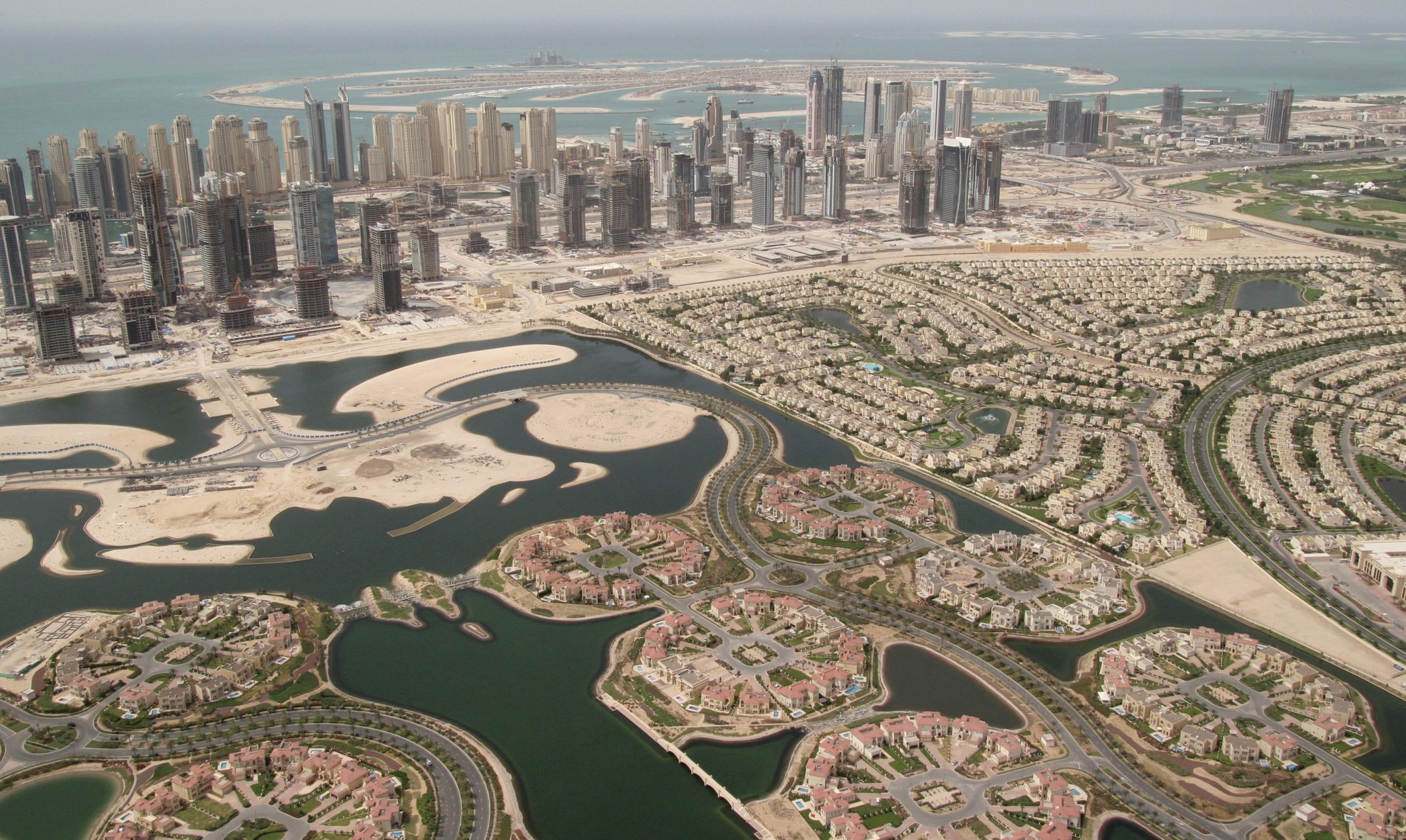
Dubai is capital of the second-largest of the seven emirates or sheikhdoms that comprise the United Arab Emirates (UAE). It lies on the southern shores of the Arabian Gulf on a natural creek that runs inland for about 10 km (Figure 1). The economy prospered after 1894, when a tax exemption was given to foreign traders. Until 1966, when oil was discovered, the main exports of the city were shells, pearls and gold.
Oil production peaked in 1991 at 410,000 barrels per day, but has been in decline ever since and reserves are predicted to run dry within the next few years. It was for this reason that the ruling Maktoum family ordered a strategic shift in the economy towards business and tourism. In 2001, foreign nationals were for the first time able to buy property and, since then, more than 120,000 British people have moved to Dubai.
Your organisation does not have access to this article.
Sign up today to give your students the edge they need to achieve their best grades with subject expertise
Subscribe




